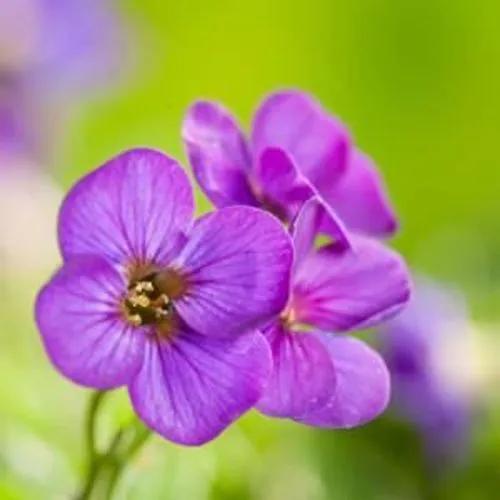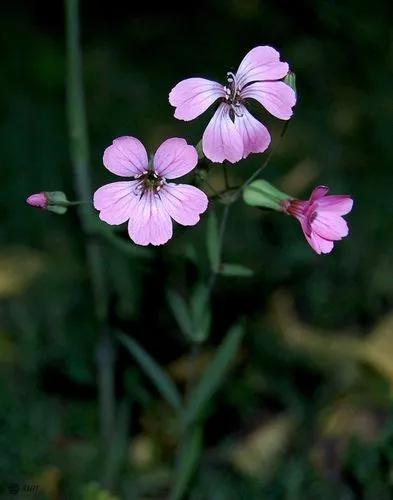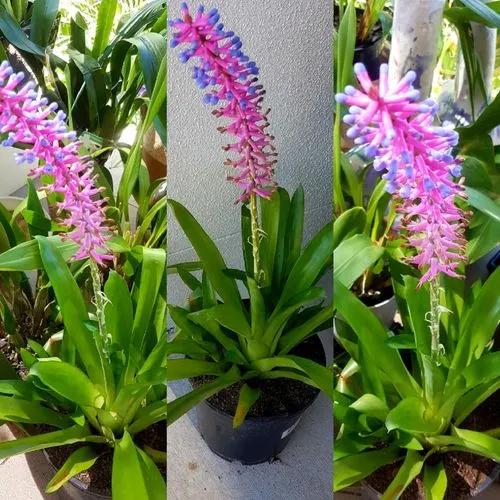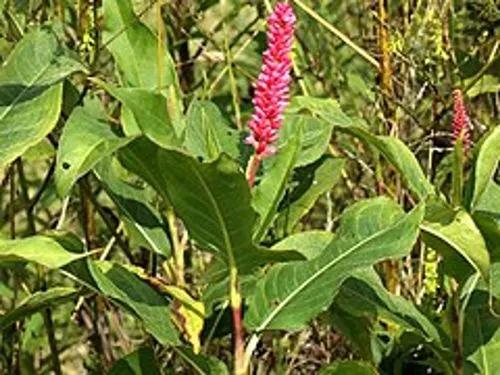Valerie Ann' is an upright, bushy, deciduous shrub with ovate, toothed, dark green leaves, and, throughout summer, large flowers with pink sepals and double, pink-veined, white corollas.
Fuchsia 'valerie Ann' Care
Fuchsia 'valerie Ann'



How to Care for the Plant

Water

Fuchsias like to be moist but not soggy. They thrive in humidity, so if you live somewhere dry, they are a little more challenging to grow and keep hydrated.

Fertilizer

During the blooming season, fuchsias have a huge appetite, so you have to feed them regularly with diluted liquid fertilizer. Many are available, and a combination of fish emulsion and seaweed can work well.

Sunlight

These plants thrive in part shade to deep shade conditions. When growing them indoors, they enjoy a bit more light—bright indirect light rather than direct sunlight.

Soil

Fushia plants prefer consistently moist (but not soggy) soil with a good ratio of organic matter. At the same time, the soil should be well-draining. For in-ground plants, amending with peat moss or compost before planting is a good idea. Container plants do fine in an ordinary peat-based potting mix, provided the pot has good drainage.

Temperature

Fuchsias are happiest with temperatures between 55 and 80 degrees Fahrenheit

Popularity

28 people already have this plant 24 people have added this plant to their wishlists
Discover more plants with the list below
Popular articles






